Food waste is a huge problem in today's world. How often have you been at the grocery store in the produce aisle and skipped over a certain head of lettuce, or a batch of tomatoes simply because they did not look as "pretty" as the rest? Believe it or not, you're not alone in this. It is a natural habit for us to pick only the best. It's a message that is constantly bombarded at us through the media, ads, simple social interaction, and even hard wired into us throughout our evolution. We need to have the best clothes, best cars, the latest and best phones in our pocket. It is a message that subconsciously trickles down into everything we do. Why bother with the head of lettuce that has a bit of brown around the edges, when you can take this perfectly shaped, 'looks like it was just picked head of lettuce' from over there! It will last longer, probably tastes better, and so it's "better" then the other ones. While there is nothing wrong with this state of mind, and it is a good idea to pick and use the freshest produce possible, this also leads to a huge amount of food waste that simply ends up in the garbage at the end of the week.
Ever wonder what happens to food in a store that is past its expiry date on the package? It just gets dumped in the garbage, an incredible amount of food thrown out because it "can no longer be sold". Roughly 30% of all produce doesn't even make it to supermarket shelves because it isn't "pretty enough", though some supermarkets are now offering "ugly" fruit and produce at discount prices. Most people don't realize that most expiry dates on products are meant to be used as a guideline. While all products do have a shelf life and will go bad after a certain amount of time, just because your carton of milk expired today, doesn't mean the product itself is not safe to eat. Check it. Does it smell bad? Does it look different from normal milk? If not, taste a little bit, if it tastes fine, great! Use it up, either drink it that day, or use it in some baking. To just dump it down the drain because a number on the package tells you to? That seems a little crazy to me. Our society has been trained to be so wasteful that it is nice to be able to re-use or limit the amount of waste we produce. A great example of what can be done at home to help reduce food waste and our ecological footprint, is to regrow food from kitchen scraps! No need to buy seeds or anything. If you have a garden or some pots and potting soil you are ready to roll!
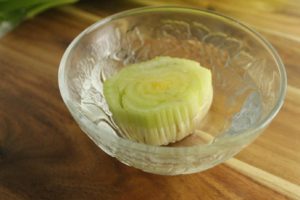
Celery is probably one of the easiest vegetables to regrow from scraps, though there are a lot of others that will, root and keep growing if given the right conditions and opportunity to do so. Onions and garlic are a great example. Sweet potatoes will root, and produce a vine that can then be cut and planted to produce a new sweet potato. Regular potatoes that have "eyes" will also regrow into a new plant. Ginger root can be potted and regrown to produce a larger root from which you can break off sections and replant. This allows a limitless supply. There are many other fruits, vegetables, and even herbs that can be placed in some water and will send out roots.
The next time you buy celery, cut off the bottom "core" leaving about 1 inch of celery above it. The more of the baby celery stems and leaves you leave intact in the center, the faster the core will root. Place this core in a small dish of water, and place the dish in a sunny location such as a window sill, or if it's warm enough, right outside on your patio. Make sure to check the water level every day and ensure that the celery is always sitting in water. After a day or two you will notice that the innermost "baby stems" will start to slowly grow and the leaves will unfold. 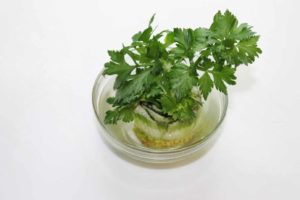
Keep topping up the water in the dish, and make sure to clean and change the dish and water if it starts to grow algae (green fuzzy stuff). This can cause the roots to rot and will eventually kill your new celery plant if the algae is allowed to take over. If you do see some growing, simply rinse it off under cold running water with your fingers, and then replace the celery plant in a water dish. As the weeks go on, you will notice more and more roots growing out of the base of the celery. This is a good sign! The "stump" ends of the old mature celery stalks will slowly start to rot away while the inner baby stalks will grow. Wash off the rotten bits to avoid disease from taking hold.
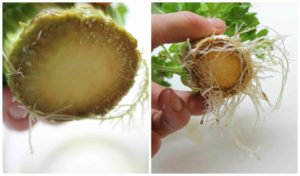
Once your celery has a nice strong tangle of roots growing and the baby stalks are putting out more leaves, it is safe to transplant this core into a pot or right into your vegetable garden. Now you just need to water your new celery plant and let it grow! I will be letting one of my plants go to seed and will try to plant the seeds next year, the other two plants I will harvest the celery for our kitchen. In the picture below the celery stalks are still quite thin and not as large as ones bought in the store. They taste just as good though and I am hoping that once I plant the celery outside it will bulk up a little and grow larger stalks.

Follow along on Facebook and Twitter to see updates on my plants and how they are progressing! I'll be posting pictures soon of my seedlings which have now sprouted and these celery plants, once they go in the ground outside. If you have any questions about growing your own celery or anything else on the blog, send me an email!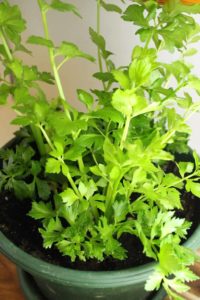

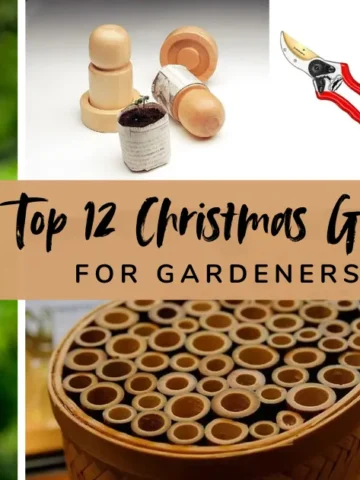
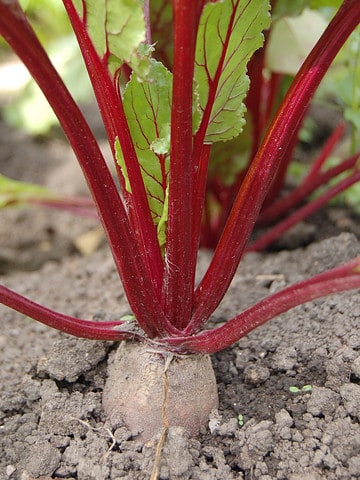
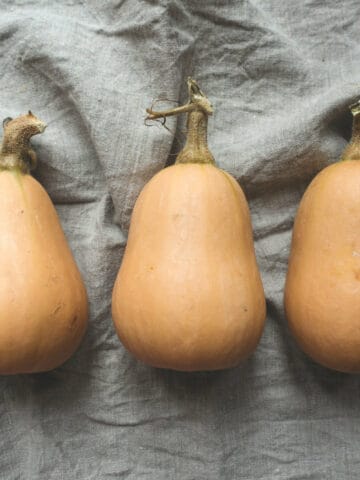
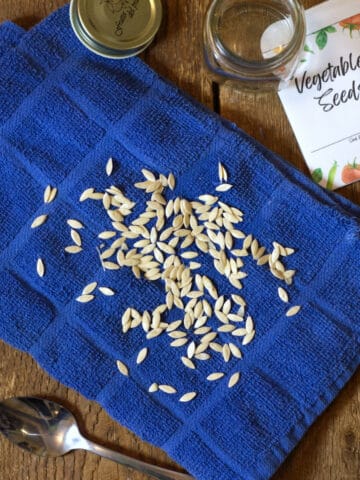
MacKenzie
Hi there! I have been growing celery at home in my kitchen and everything looks good except for one thing.. my celery smells horribly of eggs and I don't know why because it looks super healthy is every way.. is this normal behavior?
Chef Markus Mueller
Hi Mackenzie, I'm not sure what would cause a horrible egg smell. Do you change the water and dish it is in often? At a certain point you will be better off planting the celery in a pot as the water will be prone to bacteria growth which can cause rot to set in in the celery. As soon as a good amount of roots have developed you should be able to plant the celery into soil.